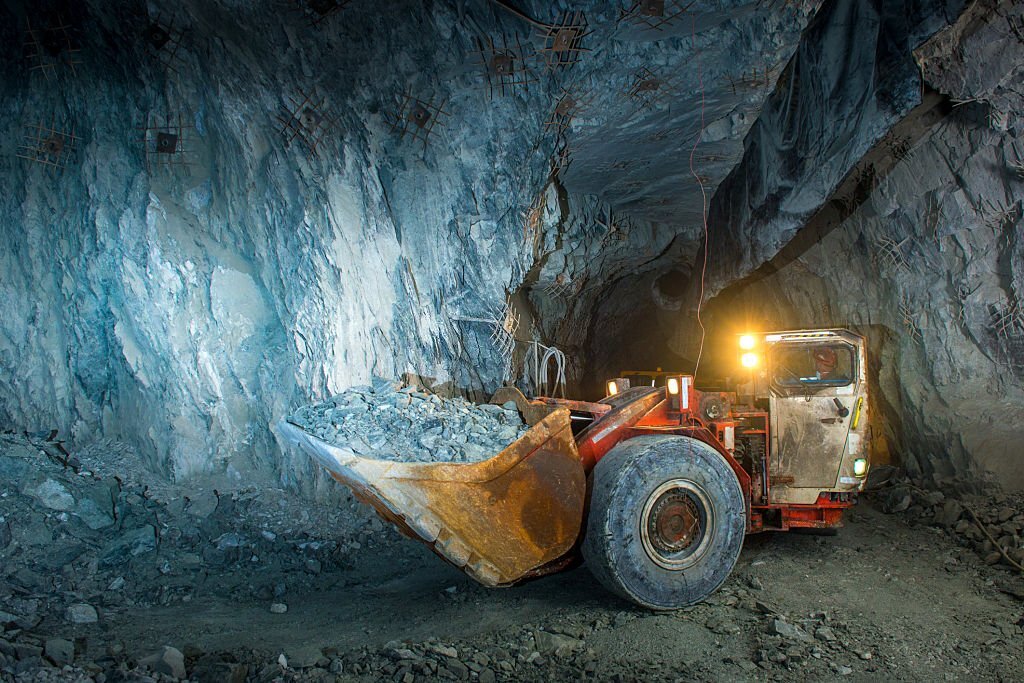
Introduction:
Remote-controlled machines have emerged as game-changers in the field of tunneling operations, reshaping the way underground construction projects are executed. These advanced machines, operated from a distance, offer unprecedented levels of precision, safety, and efficiency. This comprehensive article delves into the multifaceted role of remote-controlled machines in tunneling operations, exploring their functions, benefits, applications, and how they are transforming the landscape of modern tunnel excavation.
The Evolution of Remote-Controlled Machines: Advancements in robotics and automation technology have paved the way for the integration of remote-controlled machines in tunneling operations. These machines offer operators greater control and flexibility, reducing the risks associated with human intervention in hazardous underground environments.
Functions and Applications of Remote-Controlled Machines:
- Excavation and Drilling: Remote-controlled machines efficiently dig tunnels, boreholes, and shafts with precision.
- Material Handling: These machines transport and place materials, reducing manual labor and associated risks.
- Surveying and Inspection: Remote-controlled machines perform accurate surveys and inspections, ensuring tunnel integrity.
- Bolting and Support: Advanced machines install rock bolts and support systems with precision and consistency.
Benefits of Remote-Controlled Machines in Tunneling:
- Enhanced Safety: Operators remain at a safe distance from potentially hazardous environments, minimizing risks.
- Improved Precision: Remote operation allows for precise movements, reducing errors and waste.
- Efficiency and Productivity: Machines work continuously without fatigue, increasing project speed and output.
- Reduced Downtime: Remote machines undergo scheduled maintenance without interrupting tunneling operations.
Types of Remote-Controlled Machines in Tunneling:
- Remote-Controlled Excavators: Machines equipped with hydraulic arms for digging and removing materials.
- Drilling Rigs: Remote-controlled drilling machines bore holes for various purposes, including blasting and anchoring.
- Robotic Surveyors: These machines perform accurate surveys and inspections, providing real-time data.
- Bolting Machines: Remote-controlled bolting machines insert rock bolts and support elements into tunnel walls.
Case Studies of Successful Remote-Controlled Machine Usage:
- Crossrail Project: Remote-controlled machines played a crucial role in creating safe and efficient tunnels for London’s Elizabeth Line.
- Gotthard Base Tunnel: Robotic surveyors ensured the precision and stability of the world’s longest railway and deepest traffic tunnel.
Innovations and Advancements in Remote-Controlled Machines:
- Real-time Data Transmission: Integration of sensors and real-time data transmission enhances operational awareness.
- Autonomous Features: Machines with AI capabilities make decisions based on data, further reducing human intervention.
- Human-Machine Collaboration: Remote-controlled machines equipped with haptic feedback allow operators to feel their actions in real-time.
Future Prospects for Remote-Controlled Machines in Tunneling:
- Artificial Intelligence: AI-driven machines will enhance decision-making, adapt to changing conditions, and optimize processes.
- Enhanced Connectivity: The Internet of Things (IoT) will enable seamless communication between remote-controlled machines and central control systems.
Conclusion:
Remote-controlled machines have emerged as indispensable tools in tunneling operations, revolutionizing the way projects are planned and executed. Their precision, safety features, and efficiency enhancements have elevated tunneling to new heights, ensuring the creation of durable, safe, and efficient underground passages. As technology continues to evolve, the integration of artificial intelligence, real-time data transmission, and seamless connectivity will further redefine the capabilities of remote-controlled machines, propelling the tunneling industry into a future characterized by unprecedented levels of precision, safety, and innovation.

